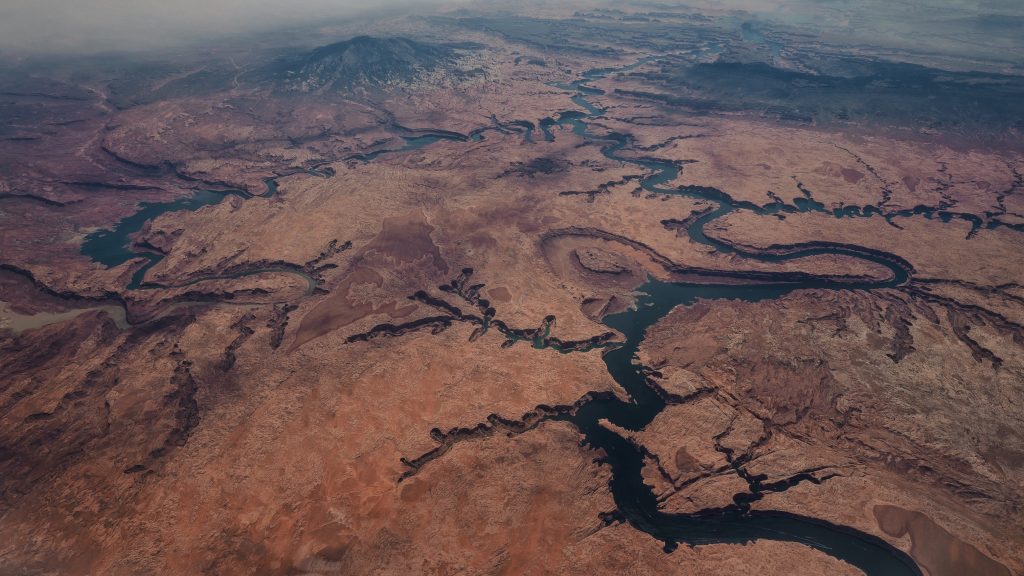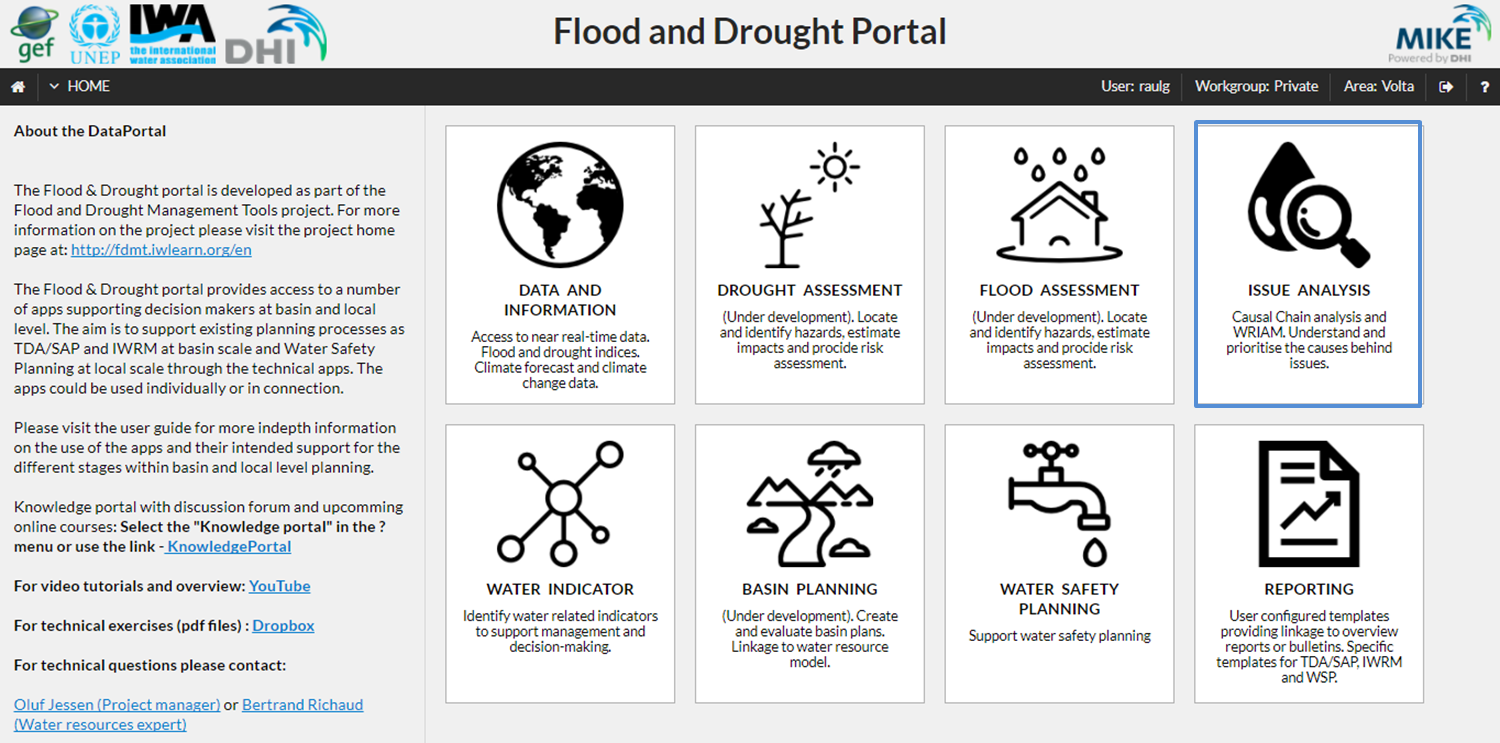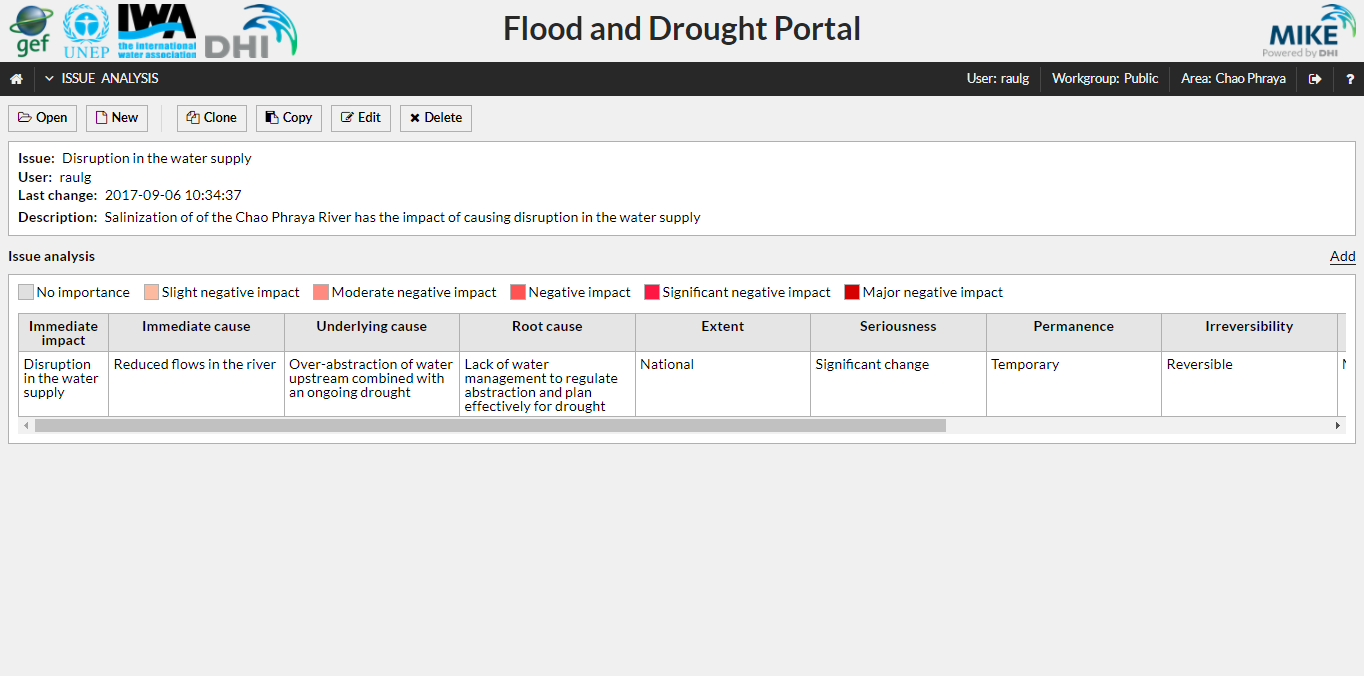We all have issues… to analyse
Blog

In early 2016, it was reported that the salinity level of water in Thailand’s Chao Phraya River was dangerously high, putting the safety of drinking water for the nation’s capital, Bangkok, at risk. The official reason given for this situation was low rainfall, but blaming rainfall alone fails to address the complexity of the issues that affect water supply in most countries. Oversimplifying the situation can result in a failure to plan for future situations and, more worryingly, can legitimise the failure to act.
Understanding how to tackle environmental issues such as salinization, drought, unpredictable water fluctuations and myriad other interrelated issues in river basins is an increasingly complex task. Finding answers and developing solutions requires time, access to up-to-date information and, in an ideal world, a collaborative approach between the stakeholders who impact on both the problems and the solutions.
As pressure on global water supplies grows, and water scarcity punctuated by severe climatic events such as floods and droughts becomes the new normal, we need an urgent response. Tools that can enable stakeholders to assess the situation, plan for future scenarios and implement processes, can increase efficiency in planning and help prioritise responses.
Too many countries lack these tools. To address these gaps, an international consortium, the Flood and Drought Management Tools (FDMT) Project, has been working with multiple stakeholders in three river basins to develop a package of web-based tools. Made accessible through the Flood and Drought Portal, the package includes an Issue Analysis application to identify the cause and severity of an issue.
Flood and Droughts Portal home page
The Issue Analysis application is critical for basin organisations, water utilities, and other water users, to assess the environmental impacts affecting water resources, including from climate variability and change. Analysing information through this tool is straight-forward, taking a step-by-step approach that drills down into the deeper causes behind an issue and its impact.
Taking the Chao Phraya River example, salinization of a river has the impact of causing disruption in the water supply. The immediate cause (direct technical causes) might be reduced flows in the river. The underlying cause (the resource uses and practices) could be due to over-abstraction of water upstream combined with an ongoing drought. The root cause (related to fundamental aspects of macro-economy, demography, consumption patterns, environmental values, access to information and democratic processes), could be a lack of water management to regulate abstraction and plan effectively for drought.
Salinization is then evaluated against a number of criteria including geographical extent, seriousness (level of change compared to the status quo), permanence, reversibility, and cumulative character over time. This provides an assessment score that is translated into different levels of negative impact. This type of assessment can be undertaken for different issues, and users can obtain a clear vision of the level of likely impact. In turn, this helps prioritise targeted solutions based on severity.
Flood and Drought Portal issue analysis overview
Only when the full complexity of the situation is understood can an effective response be formulated. Yet, the approaches to, and tracking of, issues is a major challenge. The Issue Analysis application is now being trialled with different user groups in workshops where people can work together as a team to collect sufficient data, test opinions and find solutions.
______________________________________________________________________________
The issue analysis tool is located on the Flood and Drought Portal, and is available for all registered users: http://www.flooddroughtmonitor.com
For more information please visit: http://fdmt.iwlearn.org/en/news/planning-for-the-future-collaboratively-supporting-decision-makers-to-prepare-and-respond-to-floods-and-droughts.
About the Flood and Drought Management Tools project
The Flood and Drought Management Tools (FDMT) project funded by the Global Environment Facility (GEF) International Waters (IW) and implemented by UN Environment (UNEP), with DHI and the International Water Association (IWA) as the executing agencies. This project is developing online technical applications to support planning from the transboundary basin to water utility level by including better information on floods and droughts. The project is being implemented from 2014 – 2018, with 3 pilot basins (Volta, Lake Victoria and Chao Phraya) participating in development and testing of the methodology and technical applications.
*This article was originally posted on IWA. See the original story here.


